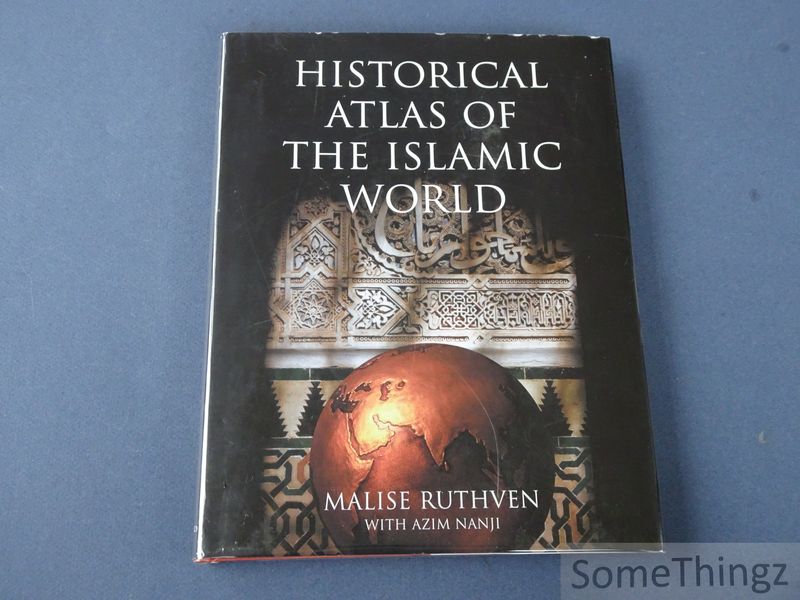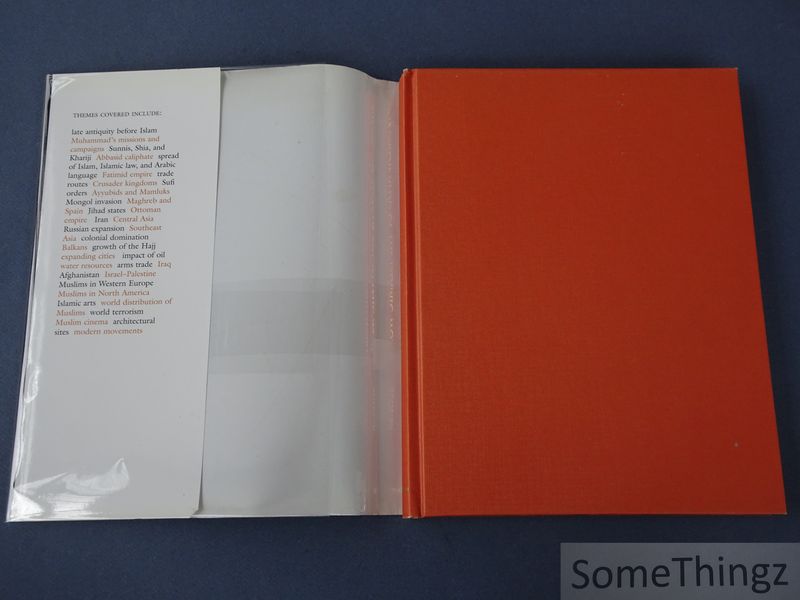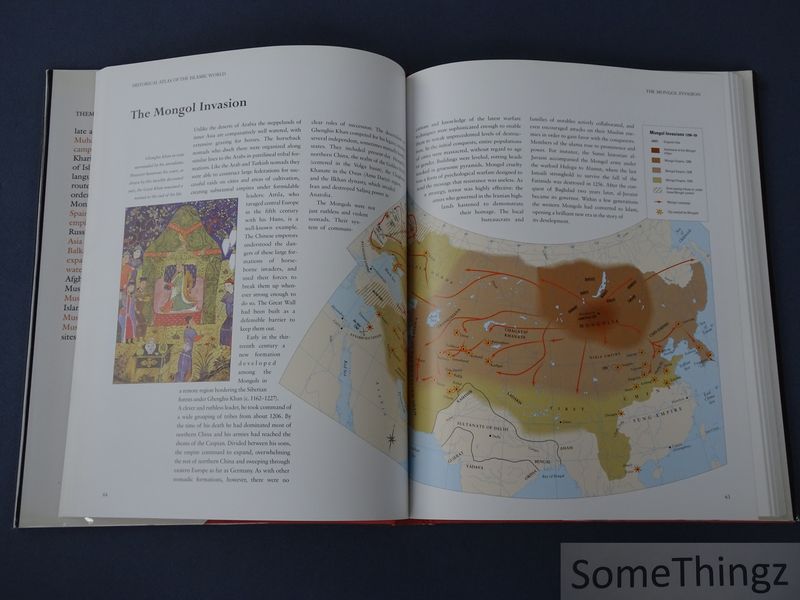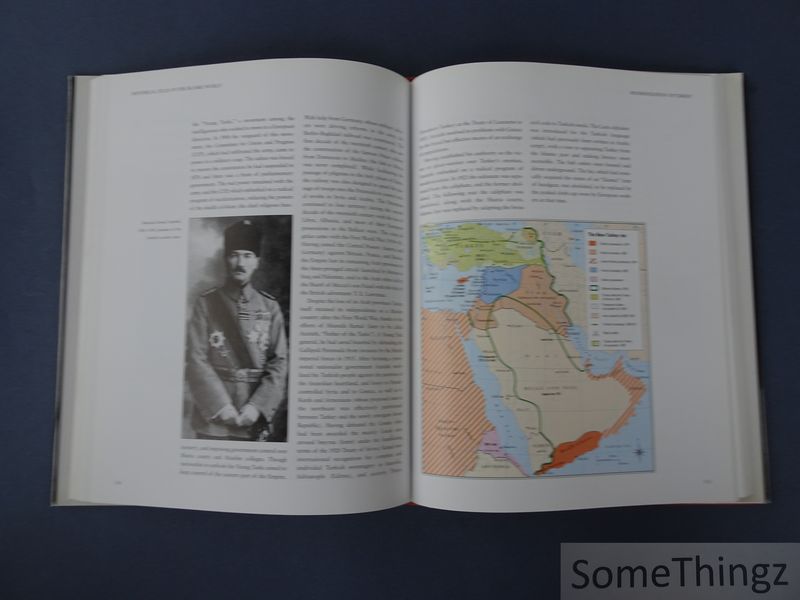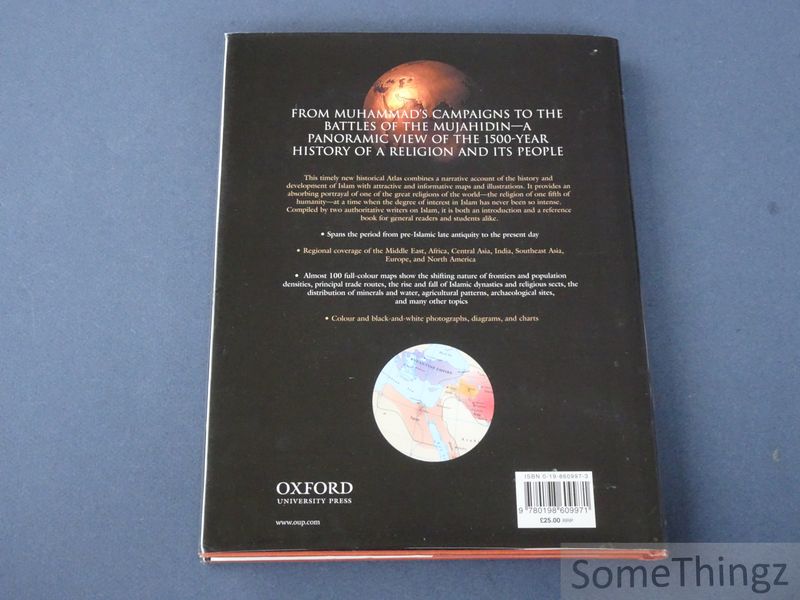BOOKS
Malise Ruthven en Azim Nanji.
Historical Atlas of the Islamic World.
Oxford University Press, 2004
€ 27.50
Bound, cloth with original dustjacket (protected with removable cellophane), 208pp., 22.5x28.5cm., richly illustr. in col., in very good condition. (dustjacket with traces of use, else fine). ISBN: 9780198609971.
There is without question immense general and academic interest in the Islamic world at present. After the attacks on New York and Washington in September 2001 and the wars on Afghanistan and Iraq, 'Islamic Fundamentalism' has come to be seen by many people in the West as the primary threat to world peace. Although not all scholars would agree that we are heading for a 'Clash on Civilizations' between Islam and the West, few would dispute that Islamic and Western cultures have evolved very differently. It is impossible to have a real understanding of current Islam without first understanding the historical perspective. Malise Ruthven, author of many acclaimed works on Islam and the Islamic world, including Fundamentalism , A Fury of God: The Islamist Attack on America , and Islam: A Very Short Introduction , and a regular commentator in the print and broadcast media, is ideally placed to provide this perspective. Thoroughly researched and very well written, the Historical Atlas of the Islamic World is concise, accessible, and authoritative. It spans the period from pre-Islamic late antiquity to the present day, incorporating recent patterns of emigration from Muslim-majority countries and the independence of the post-Soviet Muslim states of Central Asia. The maps use the latest design techniques to indicate the shifting nature of frontiers and population densities. In addition to historical maps of the changing internal and external boundaries of the Islamic World, there are maps showing the principle trade routes through which ideas and customs as well as goods were spread. Other maps and charts trace the rise and fall of Islamic dynasties and religious sects, the structure of cities, the distribution of minerals and water resources, agricultural patterns, and archaeological sites. The maps are accompanied by short essays on a wide range of themes, among them: all the countries and regions with Muslim majorities; institutions such as Shari'a (divine law) and fiqh (jurisprudence); philosophy; architecture; costume; the Muslim city; trade, commerce and manufacturing; the decorative arts; marriage and family life; tribal distributions; kinship, and dynastic power; mosque architecture, ritual, and devotional practices; Sufism; modernist and reformist trends; European domination of the Islamic world; Islamic political movments; and oil.

